A Glimpse Into How People Are Living Sustainably Around the Globe (From a World Traveler)

Today, sustainability has become synonymous with luxurious buildings, beautiful architecture, and a high price tag. However, the true meaning of sustainability is to use what we need, without excess, to have enough of earth’s resources for future generations.
Merely having enough to sustain a living may sound like scraping by, but it’s not. There’s a sense of accomplishment, meaning, and purpose that can’t be found with luxurious commodities.
From Mexico to Switzerland, California to Romania, I have traveled to the far corners of the globe and learned a lot about sustainability and how these countries are living sustainably along the way.
What I Learned About Sustainable Living From Traveling the World:
I traveled off the beaten path and happened upon some of these meaningful and purposeful places, and the affable hosts who created them. In this article, I will share what I learned from each one.
El Potrero Chico, Mexico
The name of the house is Cabaña Zanatepec. This small, sustainable rental house tucked away in the impressive limestone cliffs of this northern Mexico rock climbing community will make you reconsider just how simple a sustainable existence can and should be.
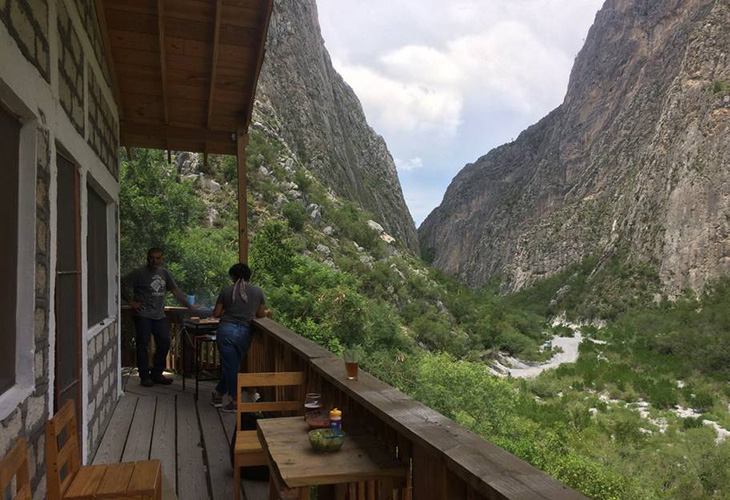
Image via Airbnb, Potrero Chico House
All electricity comes from a solar panel, and a small one at that, but it generates plenty of energy to charge small devices and run a few lights. The simplicity of it, however, urges guests to ditch their phones and computers and simply sit outside on the deck with a candle, watching the sunset on the cliff walls.
The water supply is limited, as it comes from a small local aquifer, which forces guests to cut their showers short and be judicious with dish washing. It may be difficult for some, but when you realize that you’re in a full-fledged desert, why would you use water in any other way?
Sustainability goes beyond just the house. If there’s a rat, the host will provide a rat trap that keeps the rat alive in order to let him loose elsewhere. It’s catch and release. Look them in the eye, and you’ll see that they’re just another denizen of the wilderness who happens to love avocados, too.
San Luis Obispo, CA
In drought-ridden California, Fred and Marcy have taken it upon themselves to do something about water usage. Their modest abode, which started as a simple A-frame, is surrounded by succulents, cacti, bear grass, and other arid-loving plants.

Image: Alex Handloff, San Luis Obispo, CA
While surrounding houses have continued to use unreliable and overused wells, Fred and Marcy have developed a water collection system that they built themselves. All the water they use on their property is collected from the rain into pipes, culverts, gutters, and eventually enormous storage tanks.
They welcome friend and newcomer alike, providing space for one woman’s tiny home and another family’s truck and Airstream. And, if you’re able to hold a respectful, intellectual conversation with them, they may just offer you their guest bedroom.
When you turn on the faucet in their house, you feel a connection to the water, as if every drop were earned and should not be wasted, which is exactly the case when you think about it.
Transylvania, Romania
Transylvania has changed a bit since the days of Dracula. In its quaint villages, it’s a place that embraces, almost unknowingly, a sustainable existence.
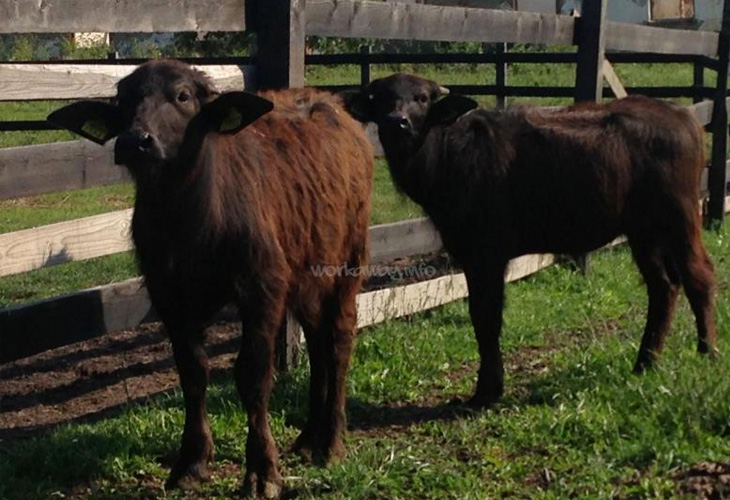
Image: WorkAway.info, Transylvania, Romania
One example lies near the dirt road village of Rupea at a water buffalo farm. Milk is collected each day from the 80-or-so buffalo, which is mostly made into a traditional cheese (called telemea). They also make yogurt and rice pudding, if the workers are feeling up to it. Much of it is sold to support the farm.
There’s wood that needs chopping, cabinets that need building, stables that need attention, and a fully functioning garden behind the main living quarters that provides tomatoes, green beans, squash, and more.
Almost everything is grown, produced, found, or made at the farm, so there’s hardly a reason to leave. Lights are used sparingly and are limited to certain hours of the day, forcing people to align their sleep schedules with the sun (how novel).
Are they choosing to live this way? Or are they required to out of necessity? I’d like to think that it’s a mix of both.
Le Tretien, Switzerland
Situated in the western Alps, le Trétien is an absolutely minuscule town that even most Swiss people have never heard of. If you make it there, however, Christian and Gigi will put you to work at their home that they lovingly call the Wild Association.

Image: Alex Handloff, Le Tretien, Switzerland
All water comes from a beautiful spring that feeds into a large wooden trough for drinking, washing dishes, and (freezing!) showers. Electricity is provided by solar panels and is limited to a few hours a day. A dry pit toilet sits a few meters away from the house, and any construction, maintenance, or task that needs done is performed without electricity or machines.
Want to build a wall? Gigi and Christian need helpers to make a “dry” wall for terracing and eventual gardens. This method means no cement is used, only precise stacking and wedging of enormous rocks gathered from the property. If you’re adept enough, Gigi and Christian will award you with a real-life certificate of drywall building.
You could also help cut the grass, but you’ll need to learn how to use a scythe. Yes, a f*cking scythe! You know, what Death carries around. If you only knew how often you have to sharpen the thing, you’d pity Death.
If you’re trying to learn French, Christian will do his darndest to help by never speaking to you in English. Haven’t you always wanted to learn how to say “I cut myself with a scythe” in French? Je me suis coupé avec la faux, putain!
The Lesson I’ve Learned From Seeing How People Live Sustainably Around the World
Everything works. Everything is made to last. Everything is sustainable. However, the most impactful part of sustainability is simply how it makes you feel. It feels good!
The hosts’ attitudes and ideals about sustainable living are infectious and, after spending time at each location, it’s almost impossible not to strive for something similar in your own life.
These people aren’t boasting about their feats of sustainability, trying to show off or possess an interesting conversation starter. These people really care. They care about the environment, their communities and our future, and frankly, so should everyone else.


This Month's Letter
From the Editor
Monthly motivation and food for
thought from our founder.

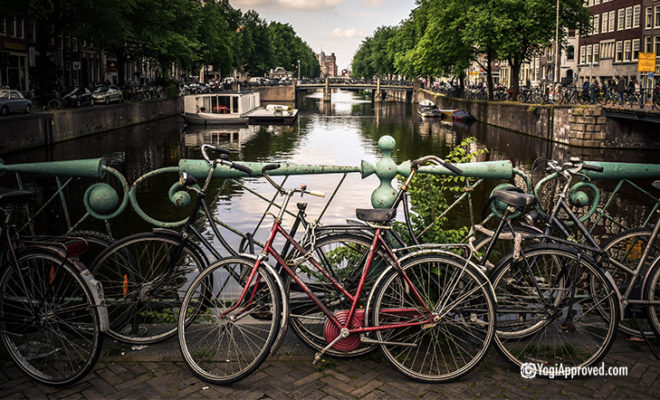
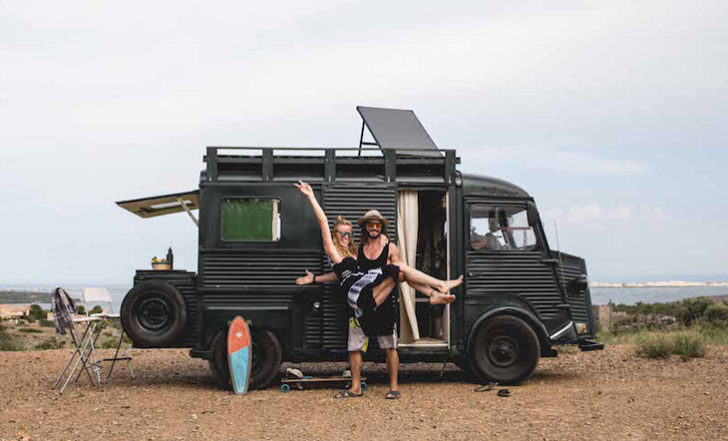

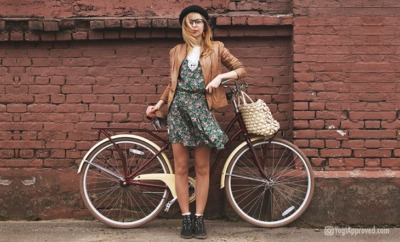
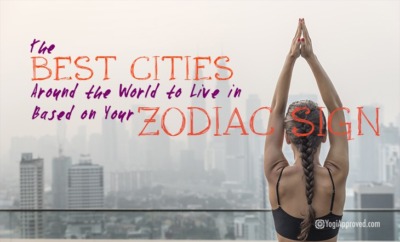
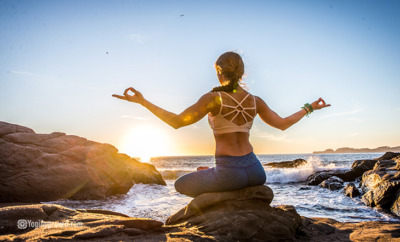
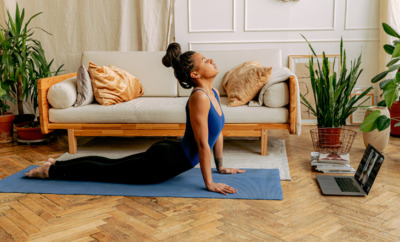



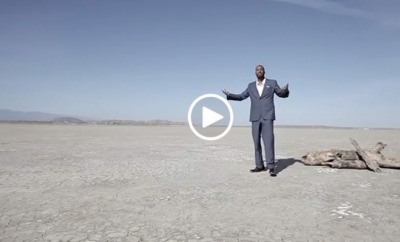










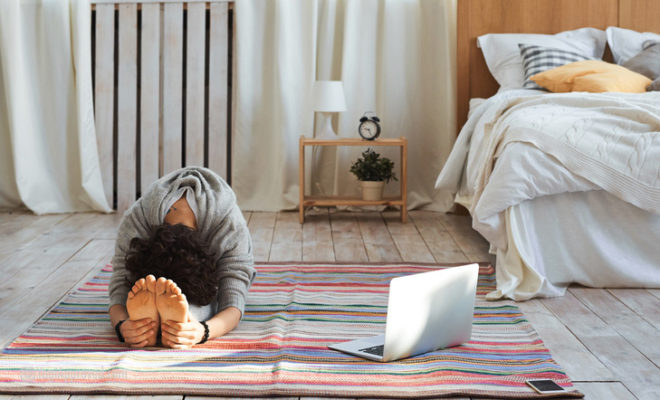
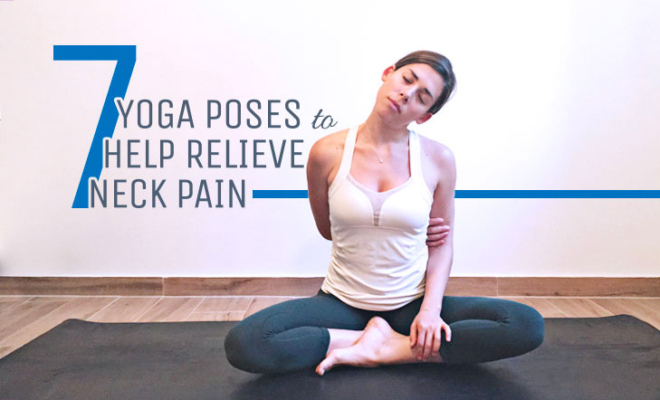



Comments